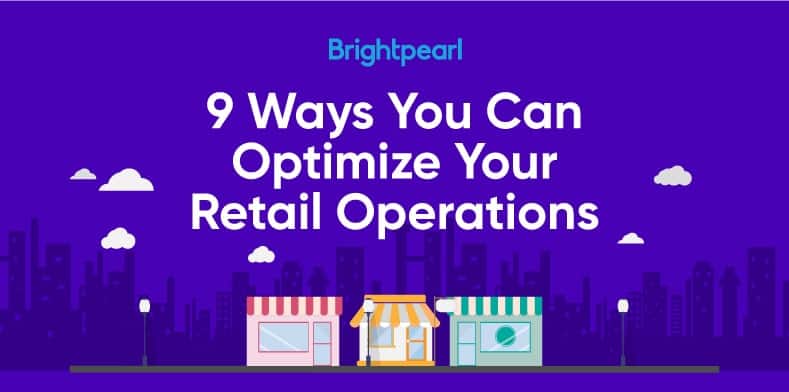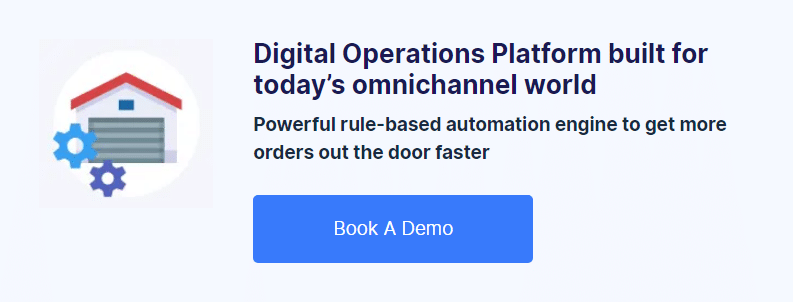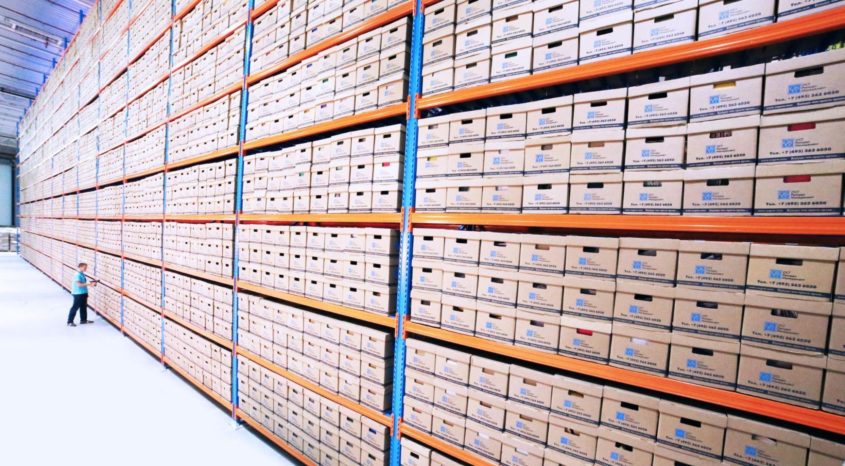Whether your current focus is on improving the supply chain, store layout, inventory management or pricing (including discounts and sales), it’s vital that your retail operations are in ship shape, to help keep your business functioning successfully and efficiently.
Although there are multiple processes and workflows that retail operations impact, we will focus on 3 core areas within this article, including:
- Inventory and Warehouse Management
- Physical Store Effectiveness
- Omnichannel Efficiency
To keep your customers happy, your inventory levels should be accurate across all sales channels and your warehouse should operate efficiently so that orders can be fulfilled quickly and with less error. Your physical store should be inviting and take your customer on a journey, whilst your online sales channels should allow for barrier-free transactions, fast order processing and seamless integration with the systems at the center of your business.
But with your decisions underpinning so many important processes, how do you ensure optimized retail operations? Consider these tips.
Inventory and Warehouse Management
1. Optimize the layout of your warehouse
To ensure your logistics and fulfillment teams are working quickly and efficiently, consider the layout of your warehouse. Place best selling items near to the packing station, and if any items are frequently sold together, let them live next to each other in the warehouse.
2. Conduct regular stock checks
Get on top of your inventory by conducting regular stock checks, so that errors or issues with missing goods are caught quickly. If using a retail management system with real-time inventory updates, your stock checks should be faster as you will be simply clarifying what’s already in your system.
3. Perfect your order rate
Within retail, you should always be striving for perfect order rates. Improve yours by reporting on the reasons for customer returns and why goods failed to ship on time. Analyze the data and act on what you find!
Physical Store Effectiveness
4. Get involved with cross-merchandising
To make your physical store more effective, let the data from your point of sale and other business systems advise you on which items are your best sellers, versus those not selling so well. Now, analyze how you’re merchandising these products. Could one or more of them benefit from cross-merchandising in your store?
5. Report on in store sales
Succeeding in brick and mortar is all about driving more footfall to your store and thus, increasing sales and revenue. Use your reporting tools to understand which promotions are driving more in store traffic and excitement for your brand. Consider running these promotions for longer (if not harmful to profits), or use the same promotion again in the future.
6. Improve the layout of your brick and mortar store
Your brick and mortar store should always be clean with happy employees inside to greet your customers. But there’s also a science behind successful sales. Watch how your customers behave in store, and help guide them on a path. Use ‘speed bumps’ to ensure they don’t move too fast past your products, and consider the use of POP displays to capture impulse purchases at checkout.
Omnichannel Efficiency
7. Ensure correct stock levels across your sales channels
All of your sales channels should report on stock from the same inventory management system – and in real-time – to help prevent stock outs or overselling issues. This will reduce the pressure on your sales and support staff as they strive to keep customers happy, and your customers will be more likely to leave good reviews after a positive shopping experience.
8. Review profit margins by sales channel
Remember to report on profit margins on a per sales channel basis, not just the overall profit. This allows you to keep selling on the channels that are most effective for your products and brand, and reduce selling on the channels that are just not working for you.
9. Automate your omnichannel workflows
Design, establish and automate your workflows, so that you can focus more on omnichannel growth activities, and less on mundane admin tasks. Automation engines allow you to manage by exception, so that you have more time, resource and energy to spend elsewhere and on the things you love doing.
With the help of these tips, you should now be well on your way to optimizing your retail operations for the utmost in business success. Why not subscribe to our blog so that you can receive more advice like this straight to your inbox.
For even more tips to help you optimize your retail business, check out this advice by Nicole from Retail Minded!






